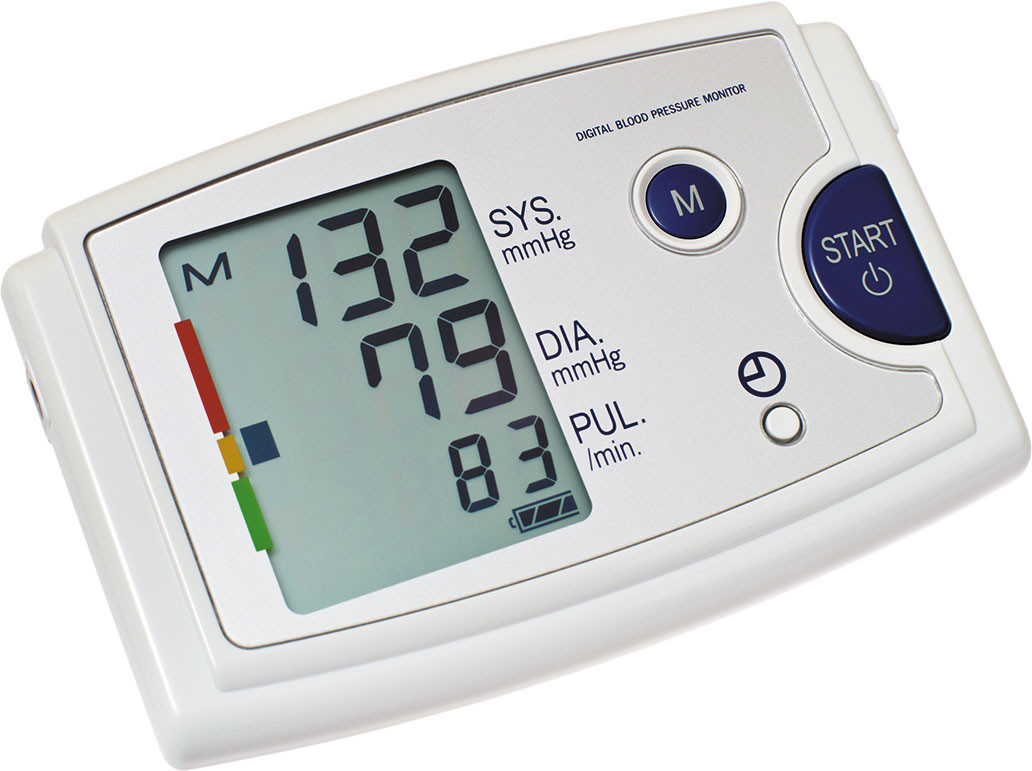Which blood pressure number is important?
On call

Image: © DaddyBit/Getty Images
Q. When I am monitoring my blood pressure, which number is most important — top, bottom, or both?
A. While both numbers in a blood pressure reading are essential for diagnosing and treating high blood pressure, doctors primarily focus on the top number, also known as systolic pressure.
Systolic pressure reflects the force produced by the heart when it pumps blood out to the body, while diastolic blood pressure (the bottom number) is the pressure in your blood vessels when the heart is at rest.
Over the years, research has found that both numbers are equally important in monitoring heart health. However, most studies show a greater risk of stroke and heart disease related to higher systolic pressures compared with elevated diastolic pressures. That's especially true in people ages 50 and older, which is why doctors tend to monitor the top number more closely. The reason for the difference in risk may be related to the force put on the arteries when blood rushes out of the heart.
The American Heart Association now defines high blood pressure as 130/80 mm Hg or higher. The association's latest guidelines recommend you check your blood pressure often, ideally with a home monitor, to help your doctor determine if you need to make lifestyle changes, begin medication, or alter your current therapy.
— by Howard LeWine, M.D.
Editor in Chief, Harvard Men's Health Watch
Disclaimer:
As a service to our readers, Harvard Health Publishing provides access to our library of archived content. Please note the date of last review or update on all articles.
No content on this site, regardless of date, should ever be used as a substitute for direct medical advice from your doctor or other qualified clinician.












